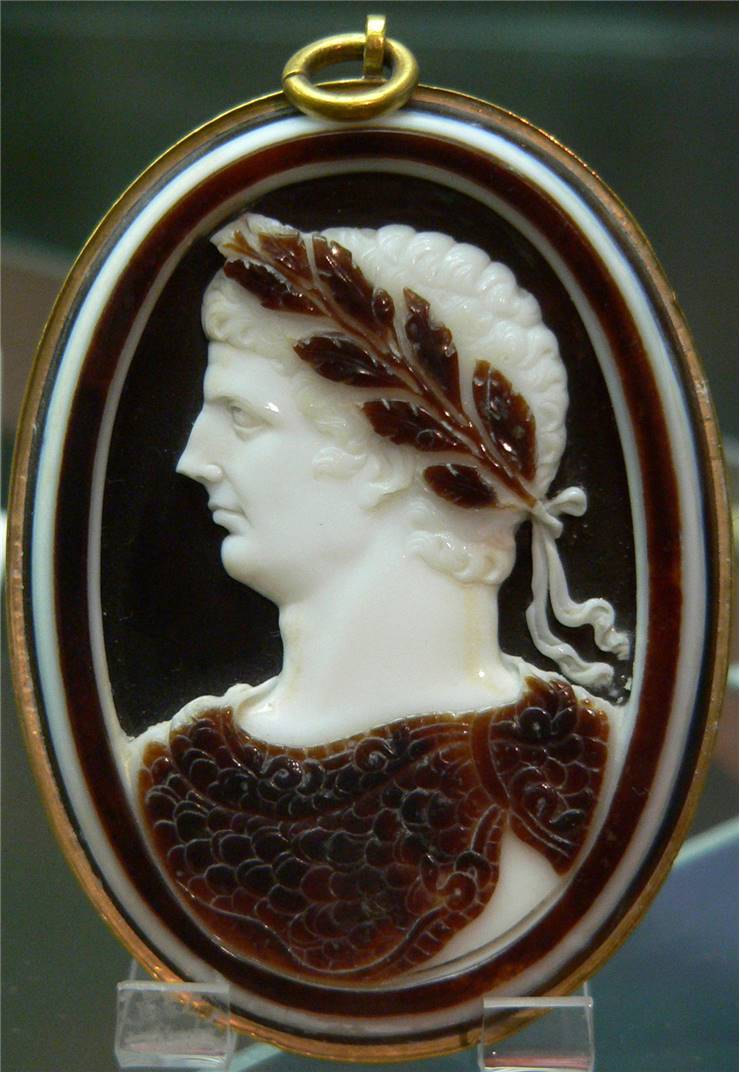History of Renaissance Jewelry
After over 1000 years of stagnancy known as Middle Ages, Europe finally resurfaced to its Renaissance (term derived from a French word "reborn") - an age that is today remembered for the rapid expansion of knowledge, technology, art, sciences and exploration that world has never seen before. Set between the early 17th and late 19th century, renaissance managed to unite the whole world with the network of trade routes that bridged gaps between civilizations, enabled almost unlimited transfer of goods, technology, population, and religion. All of those things had a profound impact on the jewel making industry which by them managed to become so popular that vast majority of the entire world finally had the access to even some of the most expensive and rare raw materials and gemstones.
Initially fueled by the Hanseatic League (alliance of trading cities and guilds who first set up to unify European countries) during the end years of Middle Age and patronages of wealthy Italian nobleman to arts, sciences, poetry and architecture, the age of "fine arts" truly began and started spreading across the Europe and after that the world. As the wealth started to flow even to the lower classes of people, acquisition of jewelry and valuable raw materials (gold and gems) quickly become widespread norm that enabled everybody not just to better showcase their station, allegiance, religious dedication or express themselves through unique visual style, but it was precautionary way of concentrating wealth in small and portable items in a fear of a sudden economic collapse that plagued Middle Ages for so many centuries. During the height of the international naval trade, countless of types of precious raw materials traveled toward the Europe - diamonds and rubies from India, emeralds from Columbia, topaz and amazonite from Brazil, spinel, iolite, and chrysoberyl from Sri Lanka, lapis lazuli from Afghanistan, tirquoose from Persia, peridogfrom Red Sea and many more. All those materials went to the hands of dedicated and innovative artisans who managed to forge some of the most beautiful pieces of jewelry ever made.

During the reign of French Emperor Napoleon Bonaparte, Europe received one of the largest cultural changes when it comes to the popularity of a single gem. Under the influence of Bonaparte himself, diamonds became de facto the most desirable gem in the world who soon found its way on any type of fashionable jewel type imaginable - from rings and pendants to the crowns, weapons and costumes.

